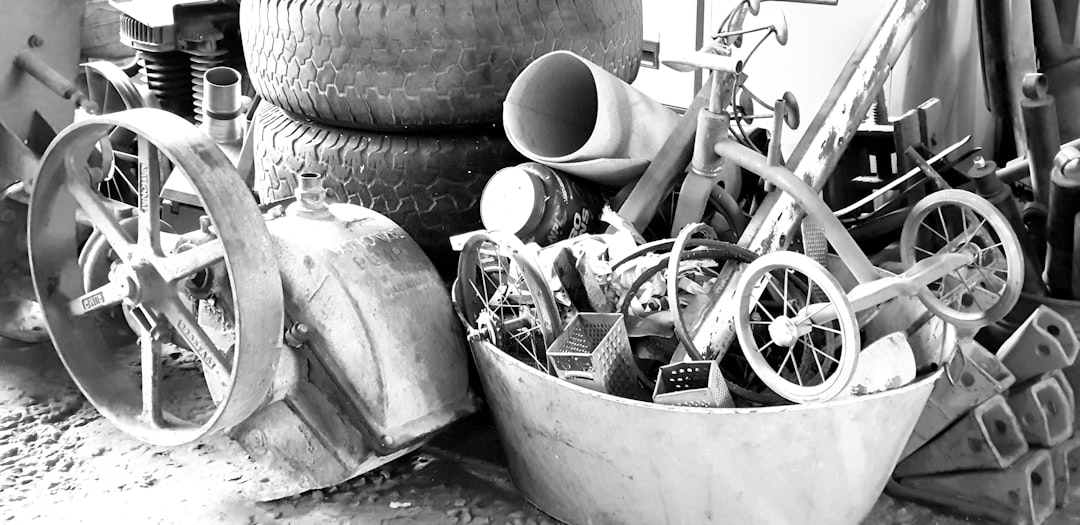Study: My Understanding of

Commercial building is a customized industry within the wider building industry that concentrates on the structure of facilities required for manufacturing, warehousing, and various other industrial purposes. This location encompasses different activities, consisting of the style, preparation, and implementation of complex frameworks such as factories, power plants, and distribution centers. Comprehending the complexities of industrial building and construction is essential for stakeholders, as it plays an important duty in sustaining financial growth and advancement.
Among the defining qualities of industrial building is its emphasis on performance and performance. Industrial structures are usually made to suit the particular requirements of producing processes, which can consist of high ceilings, big open rooms, and robust framework to sustain hefty machinery. The format of these centers is commonly dictated by workflow optimization, security factors to consider, and conformity with regulatory requirements. Consequently, commercial construction jobs frequently involve partnership amongst architects, engineers, and various specialists to guarantee that the final product fulfills all operational requirements.
An additional essential element of commercial building and construction is the enhancing fostering of advanced innovations. As markets develop, so do the approaches and materials utilized in building and construction. Advancements such as Building Details Modeling (BIM), prefabrication, and sustainable building techniques are becoming usual in this area. BIM, for example, allows for efficient visualization and management of building information throughout the entire lifecycle of a job. Prefabrication decreases waste and construction time by permitting artisans to build components in a regulated atmosphere before delivering them to the site. These technologies not only enhance project effectiveness however additionally contribute to cost savings and decreased environmental influence.
Security is critical in industrial building. Given the nature of the work, which often involves hefty equipment and possibly unsafe products, stringent adherence to safety and security procedures is essential. Rules regulate practically every facet of commercial construction, from site prep work to the actual structure process. Firms in this industry need to prioritize educating their personnel in safety practices, regularly carry out risk evaluations, and make sure that all tools is kept to stop accidents and injuries. A robust safety and security culture is not just about compliance; it is an indispensable component of operational success and project sustainability.
To conclude, commercial construction is a vibrant and crucial part of the worldwide economic climate, identified by its focus on performance, progressed innovation application, and rigorous safety measures. As the need for commercial centers remains to expand, recognizing the fads and obstacles in this market ends up being progressively vital for all entailed. By focusing on development and focusing on safety, the industrial building and construction market can remain to progress, fulfilling the needs of services and neighborhoods while adding to general financial durability.